Whether you’re naturally tech savvy or have spent some time following our PowerPoint tutorials, there is one aspect of your presentation that you don’t want to overlook…
How to start a presentation.
As Plato himself said, “The beginning is the most important part of the work”.
Recent studies have shown that you have a window of just about 30 to 60 seconds to grab your audience’s attention to keep them engaged.
That’s why we’ve complied this list of 15 different ways to start a presentation, so you can play around with them to see which techniques might work best for you.
Note: Once you’ve determined how you want to start your presentation, you can see advice for how to end your presentation here.
And if you want to get some creative ideas for designing attractive and engaging presentations, check out this helpful article by Visme here.
1. Jump right in

Many guides suggest that 10% of your presentation should be introductory, but this superfluous. If you are giving a presentation at a conference your name and subject matter will be on screen or in the program.
While you might feel more comfortable doing the old, ‘Hi, how are you? I’m very glad to be here…’ routine, this is not what your audience has given up their time for.
Dive right in and your audience will thank you for it.
2. Shock and awe
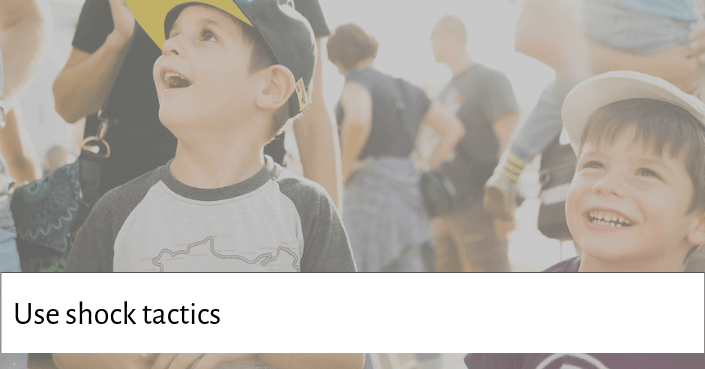
If you are wondering how to launch a presentation in a way that will make people sit up and take notice, then shock tactics work best.
Open with a shocking statistic or a bold claim that is directly related to your main message. This ‘wow’ factor can really demand attention and make sure your audience is with you as you move forward.
Jamie Oliver’s TED talk is a great example of how to begin a presentation with shock value:
You are currently viewing a placeholder content from Default. To access the actual content, click the button below. Please note that doing so will share data with third-party providers.
More Information3. Imagination or a ‘what if’ scenario
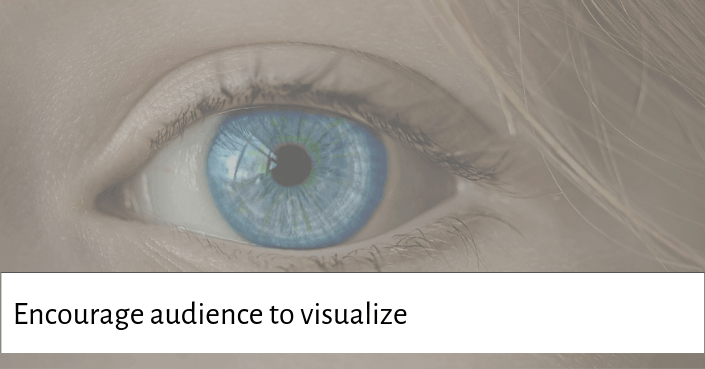
Start by asking the audience to imagine something, perhaps with a ‘what if…’ scenario.
By encouraging them to visualise and use their imagination, you are inciting an emotional response, which means they are more likely to pay attention and learn from your presentation.
Professor and neuroscientist Mary Helen Immordino-Yang found that students are better learners and retain more information when they have an emotional reaction to it, and the same is true for your presentation audience.
You are currently viewing a placeholder content from Default. To access the actual content, click the button below. Please note that doing so will share data with third-party providers.
More Information4. Be unpredictable
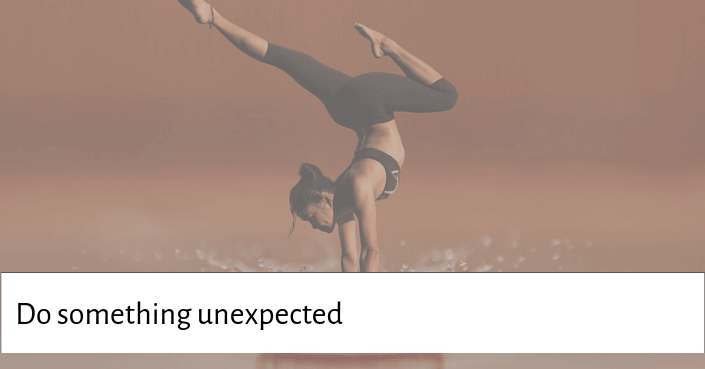
How many presentations have you been to in your life? Countless.
We all know how they go, we know what to expect. So, shake it up!
Do something different that people aren’t expecting. Like Pamela Meyer, who started off her TED talk by telling the audience they were sitting next to a liar and they themselves were a liar…
You are currently viewing a placeholder content from Default. To access the actual content, click the button below. Please note that doing so will share data with third-party providers.
More InformationNo one expects to be called a liar at the beginning of a presentation. It’s not the norm, and so attention is peaked.
Do something that knocks your audience off autopilot and brings them to a conscious point of engagement.
5. Storytelling
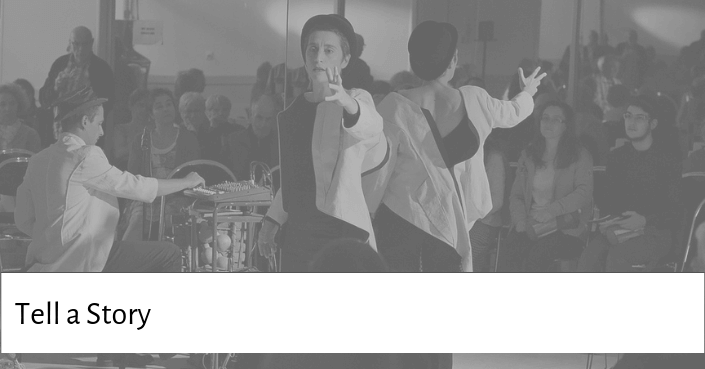
We inherently love stories. From the fairy tales we enjoyed as children to the movies and novels, we love as adults. Stories capture our hearts and minds, and more importantly, our attention.
If you start your presentation by rhyming off facts and figures, it won’t matter how important they are as no one is going to remember them.
Use a story to get your message across and you’ll get up to 75% retention rate.
Storytelling can be a great way to launch a presentation, but it can also carry on throughout your PowerPoint presentation and bring your content to life, no matter the subject matter or material.
To learn concrete storytelling tips you can use for any kind of content (even dry boring corporate data) see our guide here.
6. Visual aids
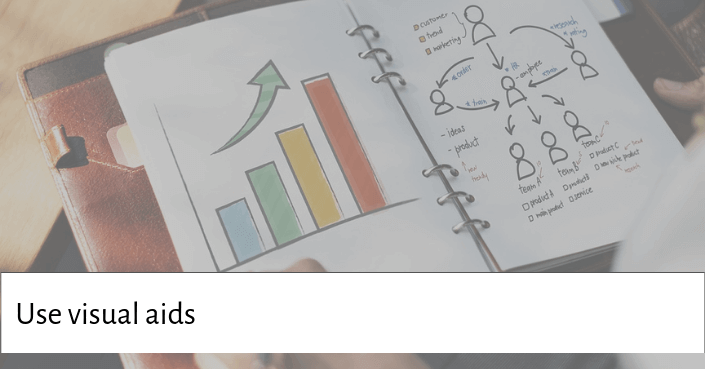
Visuals add value to your presentation, but you don’t have to just rely on your PowerPoint for visuals.
Visuals can also be a prop, an object or piece of clothing, food, or equipment. Anything can be used to create impact or emphasize a point.
For example, Jill Bolte Taylor used a human brain in her TED talk about having a stroke. Of course, it doesn’t have to be a human organ to get attention!
7. Start with hard hitting stats and facts

Data and statistics can be a powerful way to start a presentation. They can give credibility, add realism, make your presentation memorable and invoke an emotional response.
Of course, facts and figures can be a little dry, so just be sure to back them up with some compelling information or weave them into a story to bring the numbers to life. Much like Hans Rosling does in his TED talk:
You are currently viewing a placeholder content from Youtube. To access the actual content, click the button below. Please note that doing so will share data with third-party providers.
More Information8. Begin with a powerful quote
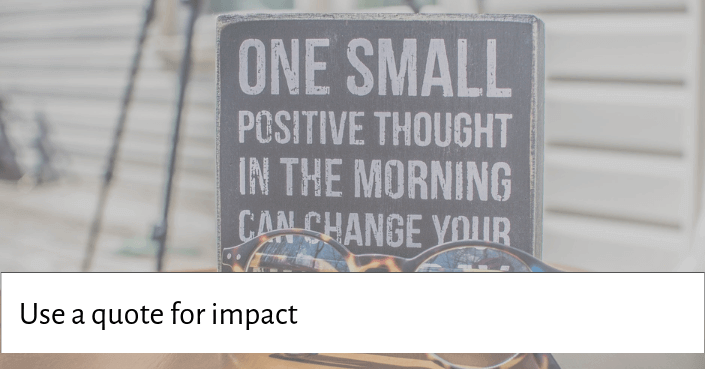
Sometimes you just can’t say it any better than it’s been said before and using a powerful quote can be a great way to give gravitas to your own message. Try to steer clear of over-used quotes to avoid being cliché, and make sure the quote is relevant to your presentation.
Author Andrew Solomon begins his talk on depression with a quote by Emily Dickinson. The quote is powerful because of it is relevant not only to his talk but it also speaks volumes to his audience.
In this example Solomon recites the quote, but you can also use PowerPoint visuals to deliver the quote or use images as a visual representation of the quote.
9. Engage your audience with a show of hands

Starting a presentation with some poll taking can be a fun and interesting way to have some audience participation. It can also be a way to break the ice, set the tone or just give you an easy lead-in to your first presentation point or slide.
It’s also a great trick to make sure everyone is listening… if a day-dreaming audience member suddenly sees hands in the air, they will start to pay attention!
10. Tell them what it’s not
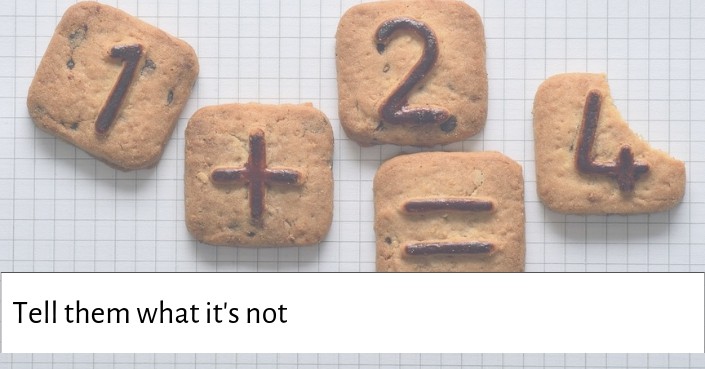
Start by telling people what your topic is NOT about to make an impact on what it IS about. You could start by highlighting the common misconceptions believed about your topic (which some of your audience may even harbour).
Debunking what they think they already know not only grabs attention but also shows you to be knowledgeable and worth listening to!
11. Begin your presentation with a personal story

As we’ve previously mentioned, people love stories and even more so when they are personal and especially if they are about hardships, struggles, failures, the day-to-day, or family life. This are universal things that make us human and something everyone can relate to.
For example, Psychologist Shawn Achor tells a childhood story to start his TED talk:
You are currently viewing a placeholder content from Default. To access the actual content, click the button below. Please note that doing so will share data with third-party providers.
More InformationThe more your audience can relate the more they will pay attention. If you can put a humorous spin on the story, then even better!
For help crafting your personal story, see our guide on storytelling tips here.
12. Start with a question

Questions are mentally stimulating and help to emphasise your message. You don’t need to single out a person or go around the room getting answers, but by starting a presentation with a question you plant the seed of thought or an idea in people’s minds.
For a great example of using questions check out Simon Sinek’s TED talk:
You are currently viewing a placeholder content from Default. To access the actual content, click the button below. Please note that doing so will share data with third-party providers.
More Information13. Make a provocative statement

Want to make your audience sit up and pay attention? Provoke them! A provocative statement will not only raise eyebrows but incites a whole bag of emotions from surprise, amusement, curiosity, interest and fear.
In his TED talk, Larry Smith starts his presentation in two ways, firstly by jumping straight in (see tip #1) and by making a bold and provocative statement by saying, “I want to discuss with you this afternoon why you’re going to fail to have a great career.”
14. Start a presentation with a video
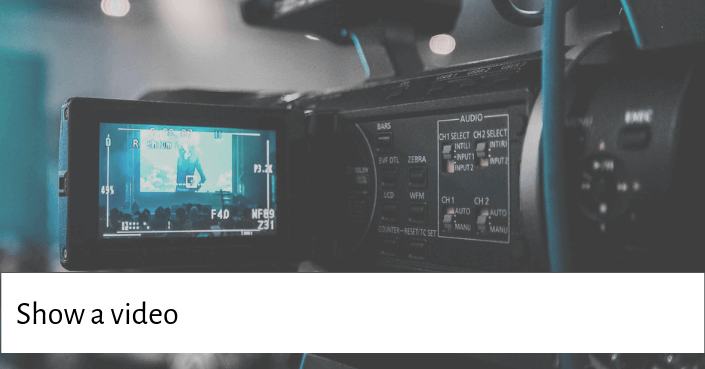
If a picture tells a thousand words, then moving images say a thousand more.
In marketing, videos are considered to be one of the most effective tools (see research here) to deliver a message and engage an audience and the same goes for presentations since you are effectively marketing your content face-to-face. It’s a familiar and popular medium which is perfect as a storytelling presentation tool.
Derek Sivers puts video to excellent use in starting his TED talk which he narrates over. The video complements his message and explains it in a way that words alone could never do.
You are currently viewing a placeholder content from Default. To access the actual content, click the button below. Please note that doing so will share data with third-party providers.
More Information15. Make sure your have a GREAT PowerPoint
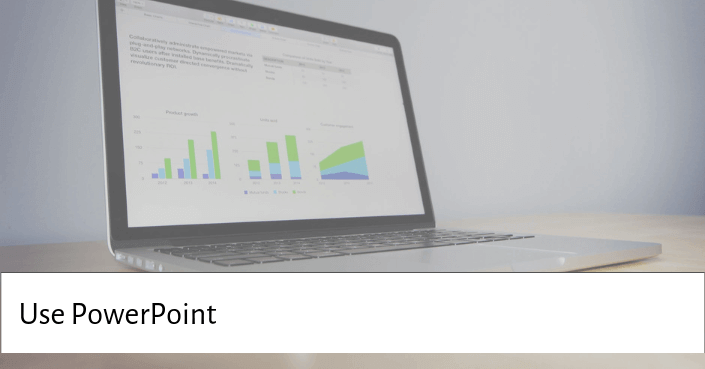
The first few slides on your PowerPoint presentation should be just as memorable as your delivery.
Text-heavy slides at any point of your presentation should be avoided, but especially at the beginning. Remember, visuals are your friend! Check out our tips here.
Also, choosing the right template for your presentation is one of the easiest ways to get your presentation off the ground and flying.
Here are some examples of some eye catching templates:
The Reem PowerPoint template by SlideCow here
This template is the queen of all templates, and we just love i! It’s a gorgeous, minimalist PowerPoint template that has everything you need to deliver a stunning presentation.
It’s so beautiful that its creator, named it after his lovely wife.

The Business Casual PowerPoint template by SlideCow here
We love this template by SlideCow because it’s not only modern and fun, with its cool custom font and its hand-drawn graphics, but it’s also built using a dark background.
This 65-slide professional template is guaranteed to make your business presentation look stylish and engaging.
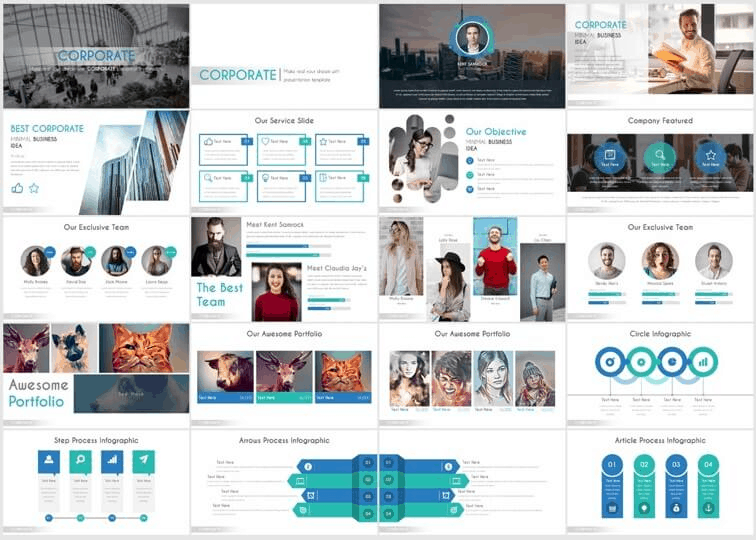
The Corporate PowerPoint template on Envato Elements here
This template by inspiradesign on Envato Elements is not only beautifully designed, but it’s very easy to use. The designer has obviously put in a lot of effort to make sure the design elements and picture placeholders fit well together so that the design process is smooth.
Also, all the elements are colored using the template’s theme, meaning that you can easily switch to any colors you choose, including your own custom color palette.
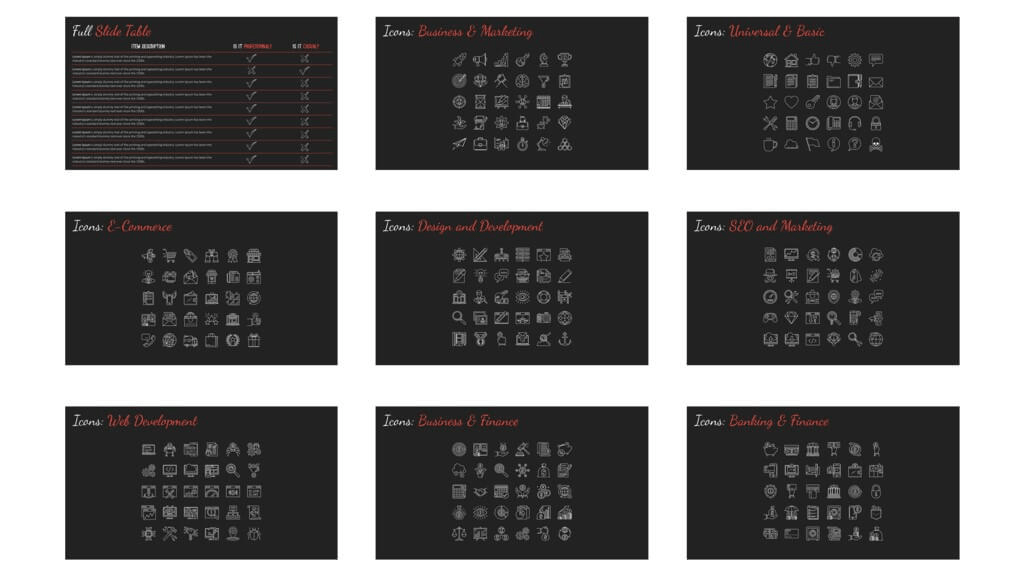
To see a list of other useful PowerPoint templates and resources you can use in your presentation, see our article here
Conclusion
So those are 15 different ways for how to start a presentation with pizzazz.
Building up good momentum at the beginning of your presentation is key to getting your audience involved early and capturing their attention. Then you can deliver your content and end your presentation with a bang (see our guide here).
If you enjoyed this article, you can learn more about our presentation training courses and resources here.
